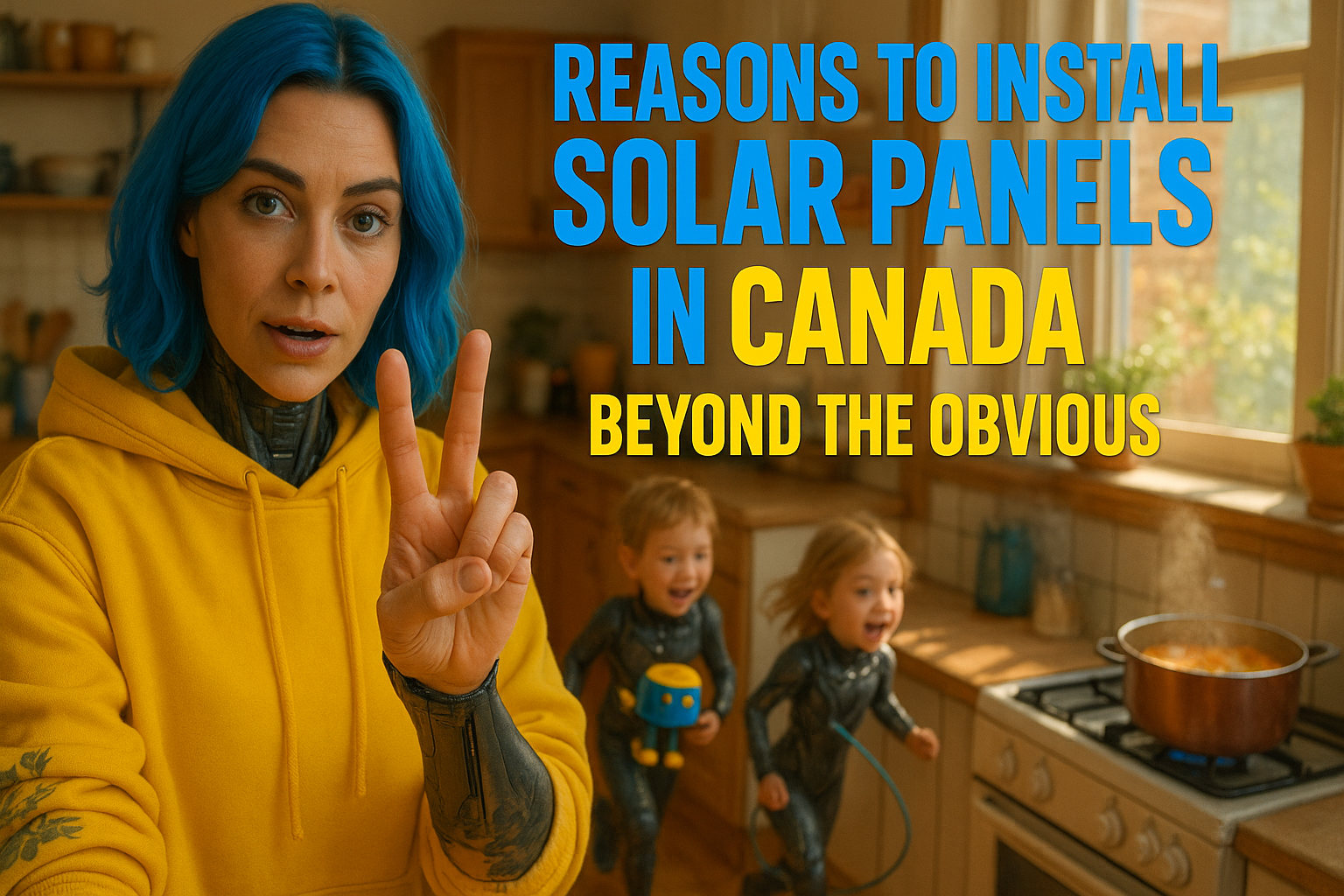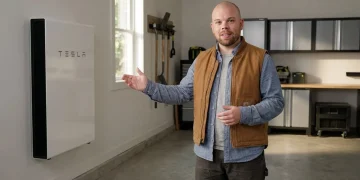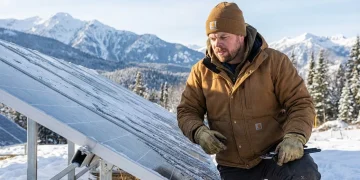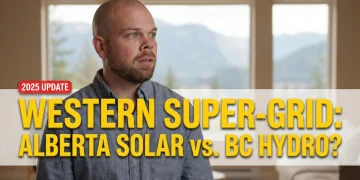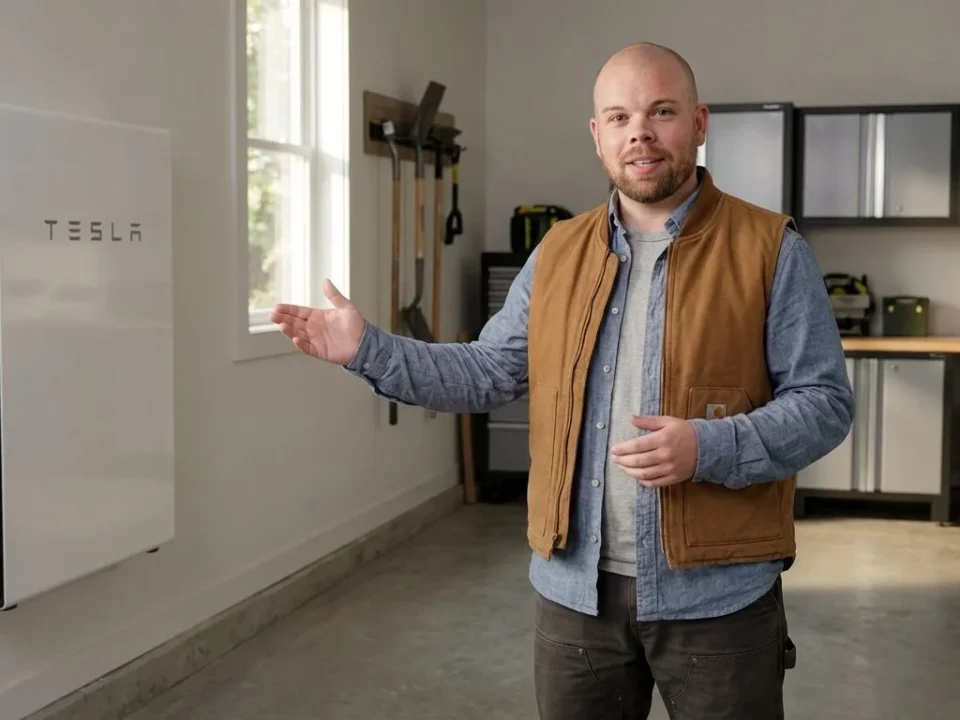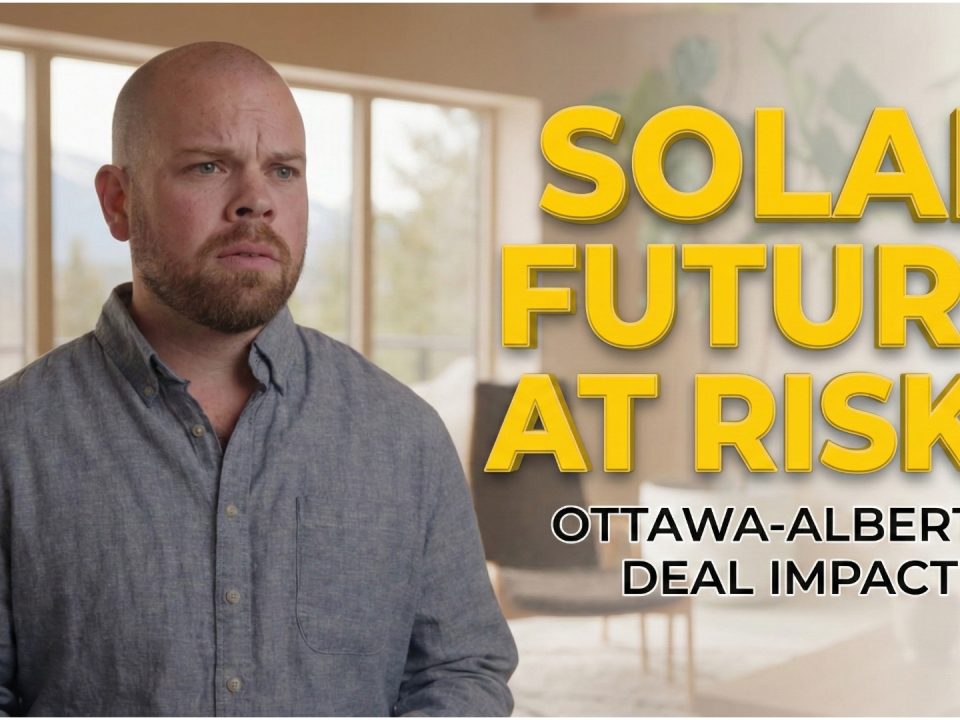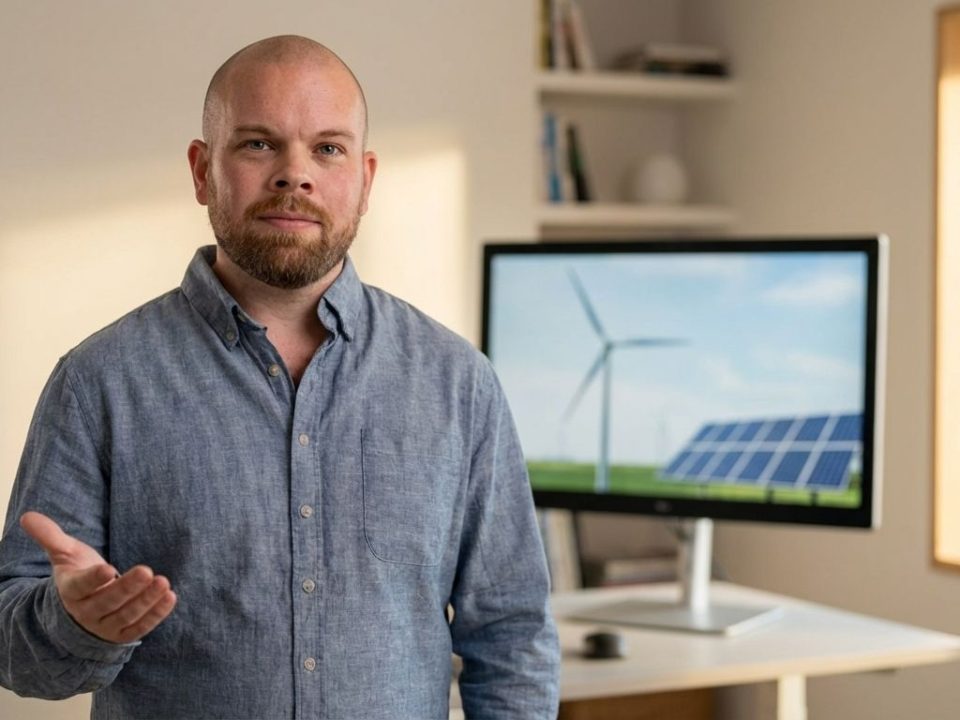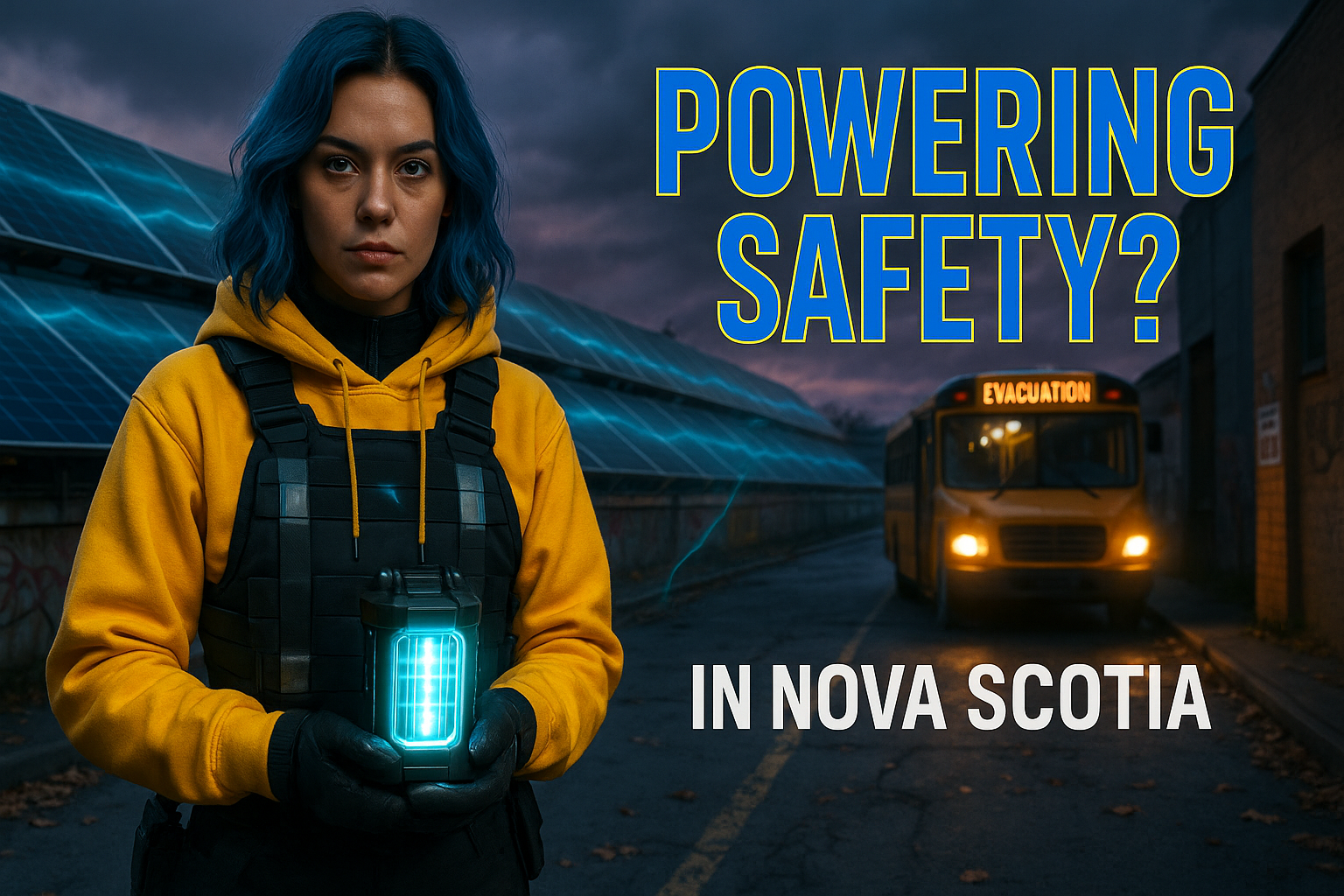
Nova Scotia Solar in Action: Mosques, Buses, and Local Benefits
April 23, 2025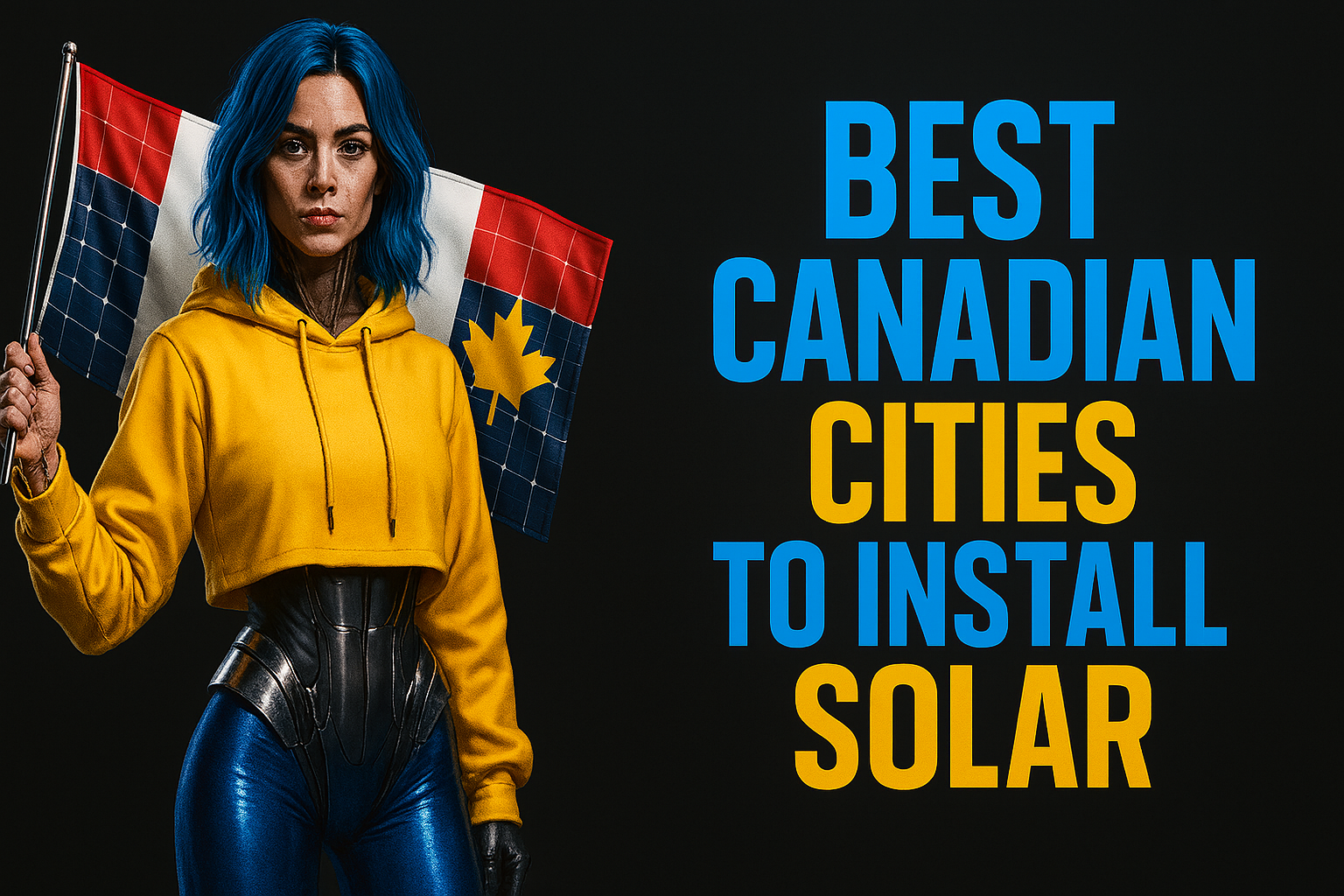
Top 25 Canadian Cities for Solar Panels
July 17, 2025If you’re thinking about solar panels in Canada, you’re probably facing a mix of excitement and confusion. Is 2025 really the right time—given all the noise about prices, policies, and whether the tech holds up in our weather? Buckle up, let’s sort this out.
Solar Panels in 2025: Cheaper, Tougher, and More Efficient
Let’s talk hard numbers. Solar panel prices dropped about 90% from 2010 to 2021 worldwide. In Canada, average installed costs hovered at about $3.01/W in 2021 and have since shifted to the $3.34–$3.50/W range. That means you should not count on prices getting much cheaper any time soon. Think of 2025 as “stable tech, stable price.”
Now, efficiency is another story. It’s way up. Standard panels now top 20% efficiency; better ones creep above 22%. I’m seeing more N-type cells come onto the market, and they handle heat, shade, and aging better than older P-type. Personally, I’ve had panels on my own home since 2016. Even after a punishing BC heatwave, I barely noticed any drop in output—modern tech is holding up.
Quick Fact Table: Recent Solar Trends
| Year | Avg. Installed $/W | Typical Efficiency | Emphasis |
|---|---|---|---|
| 2010 | $8-10 | 13-16% | High price |
| 2021 | $3.01 | 19-21% | Low price, good tech |
| 2024-2025 | $3.34-$3.50 | 20-24% | Stable, high-efficiency |
Canada’s Solar Boom & The Policy Landscape
Here’s the blunt truth: Canada’s getting serious about solar, but policies and economics change by province.
- Industry growth: Solar expanded by 92% in 5 years.
- Investment: Another $2.25 billion growth forecasted between 2025–2029.
- Provincial differences: BC is ahead. The rest—hit or miss.
British Columbia as the Example
BC Hydro uses tiered rates—the more power you use, the more you pay. Solar helps you avoid paying top dollar in Tier 2. Combine that with rebates (up to $5,000 for solar, $5,000 for batteries, and PST exemption), and you’re talking real, upfront savings.
But here’s the catch nobody likes: Net metering (BC Hydro’s Self-Generation program) is under review. Credits may change, and your payout could drop. If you go solar in 2025, you might still get today’s terms before they tighten. Waiting could mean less generous credits or new fees.
Federal incentives are also shifting. The Canada Greener Homes Grant is closed, but the interest-free loan (up to $40,000 for 10 years) stays. It’s a loan, not a grant, so factor in that you’ll repay every penny.
Environmental Impact: Adding Up Small Changes
Sure, you want to save cash. Most people do. But every home with solar panels means less reliance on fossil fuels. Your system reduces your carbon footprint—period. One home might not seem like much, but thousands of panels add up—helping Canada hit aggressive emissions targets. This isn’t just nice for wildlife—it’s what your grandkids will thank you for.
Economic Benefits: More Than Just Cheaper Power Bills
Rebates & Incentives: Decent Right Now
- BC Hydro: Up to $5,000 for solar, $5,000 for batteries, 7% PST savings on equipment.
- Federal Loan: $40k at 0% interest over 10 years.
Tip for Rebates: Check eligibility and apply before buying anything! Only licensed contractors. Stick to the timeline.
Net Metering: Still Worth It
When you make more power than you need, you don’t just save—you earn. Credits drop your future bills (or you get a payout at the end of the year—usually at a lower rate). Still, review changes closely in 2025; things may shift.
Home Value: Solar Sells
Data shows solar can add ~4% to home value (if you own the system outright). Buyers want lower bills. I’ve had friends in Victoria sell homes faster when solar was included. But, leased systems? Not the same. They can make buyers nervous.
Local Jobs: Growing Fast
The industry means more jobs for Canadians: installers, sales, maintenance. Picking solar isn’t just green; it supports good local work.
Energy Independence: Your Own Personal Power Station
If you’re tired of rate hikes, solar helps.
- Net metering: Store up credits in summer, spend them in winter.
- Locked-in rate: After your system’s paid off, homegrown energy is basically free. No more worrying about rate jumps.
- Backup power: Standard grid-tied solar won’t run when the grid’s down. If you want backup power, you need a battery. And yes—BC Hydro’s rebate helps.
Community and Social Perks
Solar’s not just about you.
- Community solar: Multiple homes can share one big system (less common, but growing).
- Local pride: Solar panels spark interest, conversation, and sometimes even friendly competition on the block.
- Schools get involved: Kids learn real science—from real, live data on the roof.
Innovation: What’s Next for Solar
Smarter Panels, More Storage
- Panel tech: N-type, TOPCon, IBC, HJT—these are more efficient and tougher.
- Battery Storage: Prices dropped in 2024 and set to drop more. Lithium-iron-phosphate (LFP) is safer, cheaper, and lasts longer. That makes backup power more sensible than ever.
- Smart home ready: Home Energy Management Systems (HEMS) now make it easy to match usage with solar production, run your EV off your panels, and automate the whole thing.
Vehicle-to-Home (V2H): Coming Fast
Not common yet, but your future EV might power your house during an outage. Getting solar now sets you up for this option later.
Common Concerns and Straight Answers
“Solar panels don’t work in Canadian winters.”
False. We’re not in the Arctic. Yes, winter output drops. But daylight still makes power, and snow usually slides off modern panels. Southern BC? About 1,050 kWh/year per kW installed is realistic.
“The upfront cost is too high.”
A 6 kW system in BC = $15,000–$20,000 before incentives. Rebates and exemptions can drop that to around $11,500-$16,400. With the federal 0% loan, the monthly payment might beat your average energy bill (see example chart below).
“Permits and applications are too complex.”
Agreed—it can be a paperwork headache. You’ll need:
- City of Colwood building permit
- Technical Safety BC electrical permit
- Interconnection deal with BC Hydro
- Rebate and financing paperwork
Tip for Process: Pick an installer with strong admin support. Ask them who at their company handles your paperwork. Make sure they have experience in your city.
“What about roof structure and HOAs?”
Check early. Usually, a pro-engineer will need to sign off on your roof. HOAs can have style rules, but outright bans are rare. Work with your installer and keep an open line with your HOA to avoid drama.
Picking an Installer & Estimating Your Cost
How to Choose:
- Go local: Look up Besolar, NetZero Solar, or Shift Energy Group (Victoria, BC region).
- Ask for all paperwork: Licenses. WCB. Certifications (like NABCEP).
- Compare at least three quotes. The cheapest isn’t always the best—watch for corner-cutting.
First-hand: I once went with the lower-cost bidder for a small install. They used decent panels but cheap racking. Two years after install, I found loose brackets and had to pay more to have someone else fix it. Lesson: ask detailed questions, especially about brands used and install warranty.
Example: 6kW Installed Cost Breakdown in BC
| Cost Component | Estimated Cost (CAD) |
|---|---|
| Gross System Price | $17,200 – $22,200 |
| – BC Hydro Rebate | -$5,000 |
| – PST Exemption (Est.) | -$700 to -$840 |
| Net Price | $11,500 – $16,400 |
Financing: What’s Your Best Bet?
- Cash: Simplest, best ROI.
- Greener Homes Loan: 0% interest, up to $40k over 10 years. Eases the sting, but check their payment schedule (installer often needs to be paid upfront).
- HELOC: Good if you have house equity, but watch for variable rates.
- Lease/PPA: Rare in Canada; often more hassle than it’s worth.
Payback & ROI:
In BC, the average payback is about 6–12 years. After that, power is free for another 15+ years. That’s an 8-12% annual return, which honestly beats lots of traditional investments right now.
Maintenance, Warranty & End-of-Life: Straightforward Stuff
- Warranties: Standard: 10–15 yrs product/25+ yrs performance. Buy quality.
- Maintenance: Low. Rinse with a hose if dirty; nature does most work.
- Inverter: May need replacing after 10–15 years. Panels usually outlast everything else.
- Insurance: Let your provider know. Usually covered, but check your limits.
- Panel recycling: Over 90% of materials are recoverable, but recycling costs more than landfill. Ask your installer for recycling options.
Looks Matter: Modern Panels Are Sleeker
Today’s panels can be all-black, lie close to the roof, and look sharp. This often puts HOA worries to rest. For ultimate stealth, building-integrated PV (solar shingles/tiles) is an option—just expect a higher bill.
Tip: Ask explicitly about “black on black” panels and low-profile racks if appearance stresses you out.
Your Next Steps
Ready to move forward? Here’s what works:
- Check your hydro bills – Know your annual usage.
- Gather multiple quotes – Contact reputable BC installers.
- Check city/HOA rules – Get early sign-off if possible.
- Apply for incentives:
- Set up a call with your insurer.
- Ask us questions at SolarEnergies.ca. We’re happy to chat through your options. No pressure.
Is 2025 the Right Year to Go Solar?
Here’s what I tell friends and customers: Solar tech is solid. Prices have stabilized. BC incentives are strong, but policies (especially net metering) could change. There’s a window right now—better to lock in if you’re ready, rather than risk losing today’s good terms.
Think it through, get personal quotes, do the math. If it works for your budget, environmental goals, and fits with how long you plan to stay in your home, 2025 could be your year.
At SolarEnergies.ca, our job is honest advice. Connect anytime and let’s see if solar is right for your home—no sugar-coating, just answers. Let’s help Canada go solar, one rooftop at a time.

